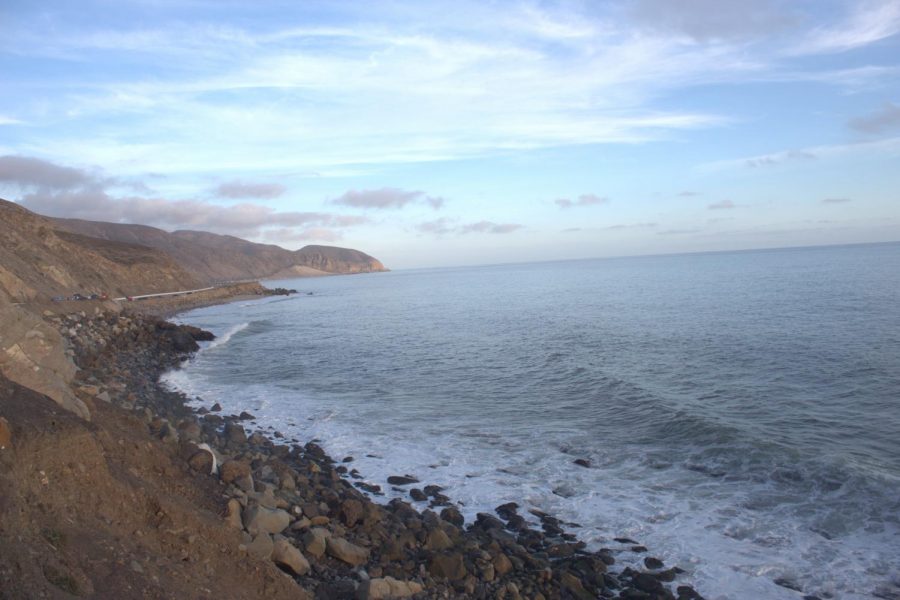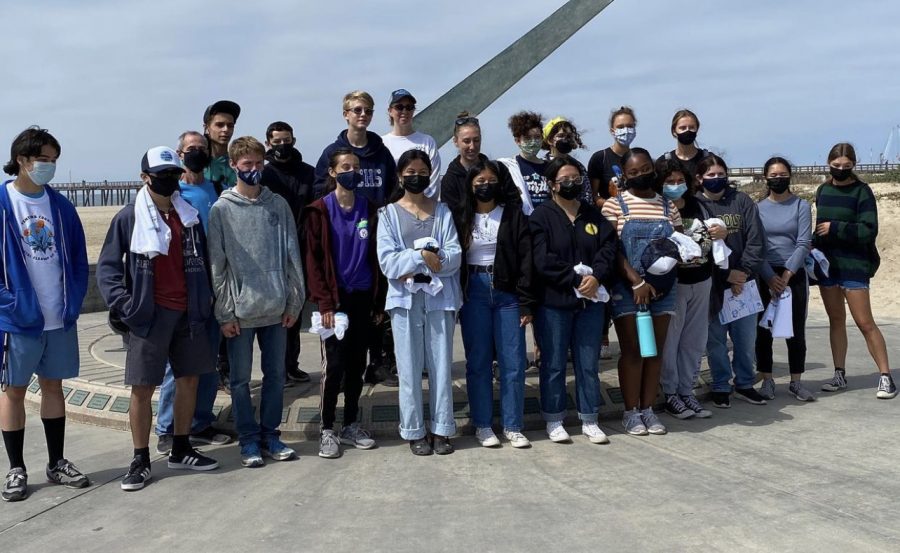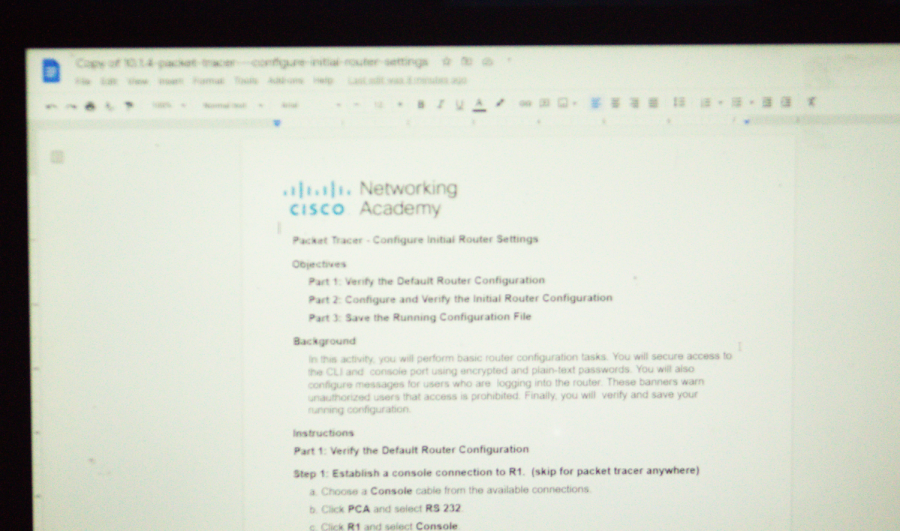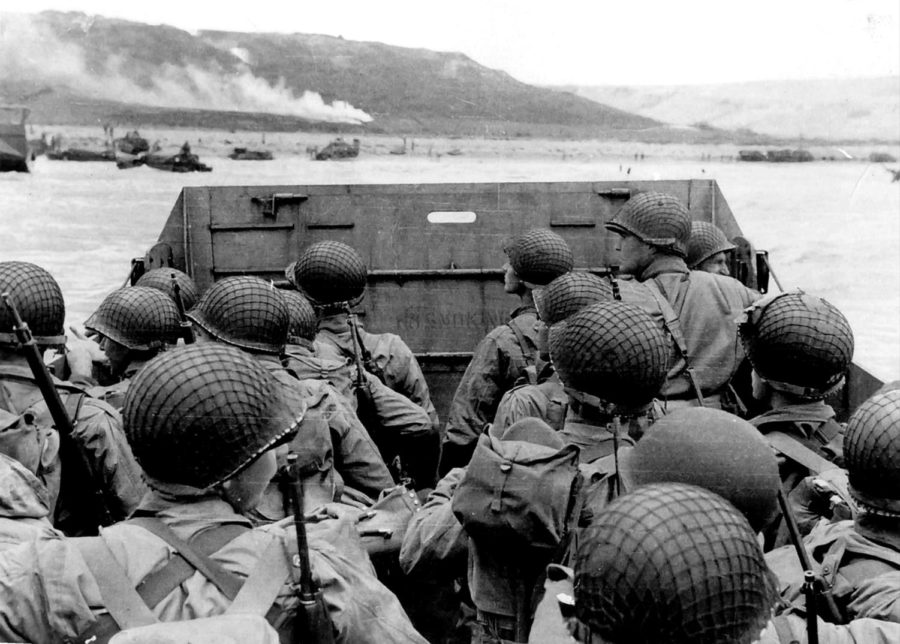The 75th Anniversary of D-Day: Honoring the Fallen
On June 6, 1944, Allied forces invaded northern France with the intent to liberate it from Germany’s hold.
On the beaches of northern France, 75 years ago, a force comprised of soldiers from the United States, United Kingdom, Free France, Canada, New Zealand, Australia, British Raj (Indian), and many militia forces from Poland, Czechoslovakia, and Norway, stormed into Nazi Germany’s Atlantic wall in the largest amphibious invasion in history — which included 156,000 soldiers and 195,700 personal manning ships.
Instead of reopening a front in France, the Allies wanted to crack Italy open through Mediterranean battles and secure the North-African front because British troops were already stationed in the region. This objective of securing Africa was complete in 1943; and, later that year, the Soviets achieved victory in the infamous battle of Stalingrad, the start of their counter-attack against the Nazis. This opened the opportunity of another front on the Western coast of Europe.
Once the tide of war had turned, U.S. President Franklin D. Roosevelt and British Prime Minister Winston Churchill, and leader of the Soviet Union Joseph Stalin met at the Tehran Conference of 1943. The Allies promised Stalin that they would begin drafting an official plan to open a second front to retake and liberate France, scheduled for execution in 1944.
While drafting an official battle plan, the Allied generals had to choose their target landing site, which included Brittany, the Cotentin Peninsula, Normandy, and Pas-de-Calais. The Cotentin Peninsula and Brittany, which is also a peninsula, were rejected because they were considered easy to launch a counter-invasion. The Germans would only need to push like a wave, whereas a site on a more open piece of land would require the Germans to wrap around the entire site before a push could be made.
There were mind games and tricks in play when choosing an invasion site. Pas-de-Calais was the closest to England geographically and the Allies believed the Germans put the region under special observation and immense fortification. This left the Allies choosing Normandy, which lacked pre-existing ports to supply the offensive.
Within this operation, another smaller but more deceptive operation was at play. Under the name “Operation Bodyguard,” the Allies conducted missions in order to disrupt and mislead German intelligence about the operation. Many deceptions occurred over the radio, where the Allies intentionally leaked channels and information to German spies to create chaos and fear. These deceptions ranged from conjuring an entire set of fake troop divisions to scare Germany and making an attack on occupied Norway seem imminent.
Many factors went into play in Operation Neptune, better known as D-Day. It was an earth-shaking event in history: breaking records, shattering Hitler’s coveted Atlantic Wall, and leading to the liberation of occupied-France. Now, we cherish and respect those who gave their time, effort, and lives on these fateful beaches.

















































































![Senior Ditch Day... Relaxation or Truancy? [Video]](https://achsstinger.com/wp-content/uploads/2017/10/IMG_7119-900x599.jpg)
![Heavy Rain Hits Cam High [video]](https://achsstinger.com/wp-content/uploads/2017/02/maxresdefault-900x506.jpg)



